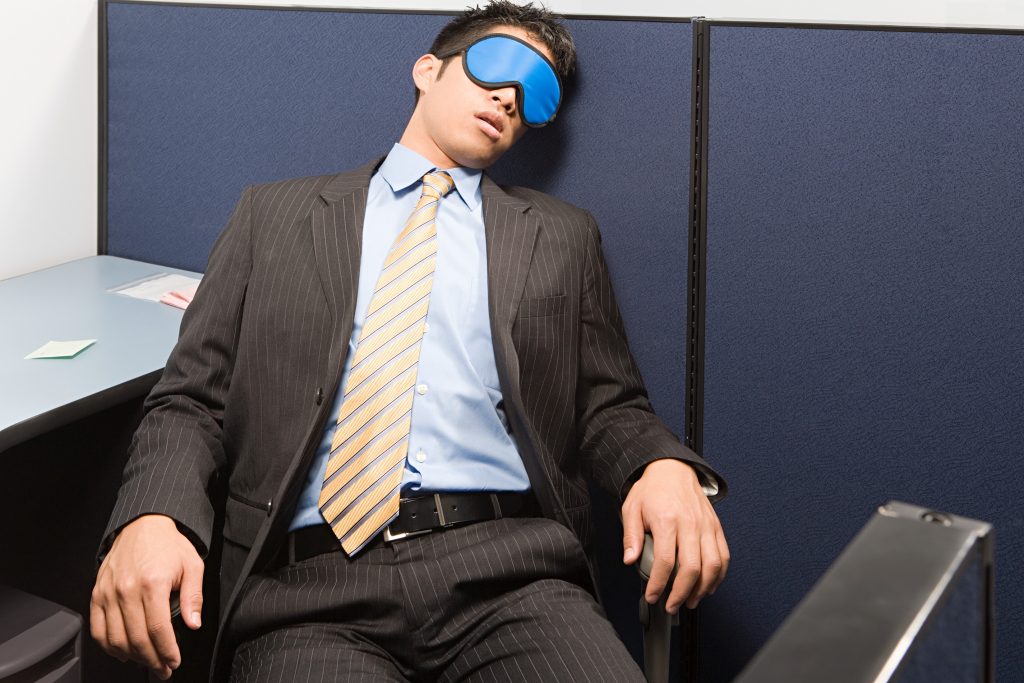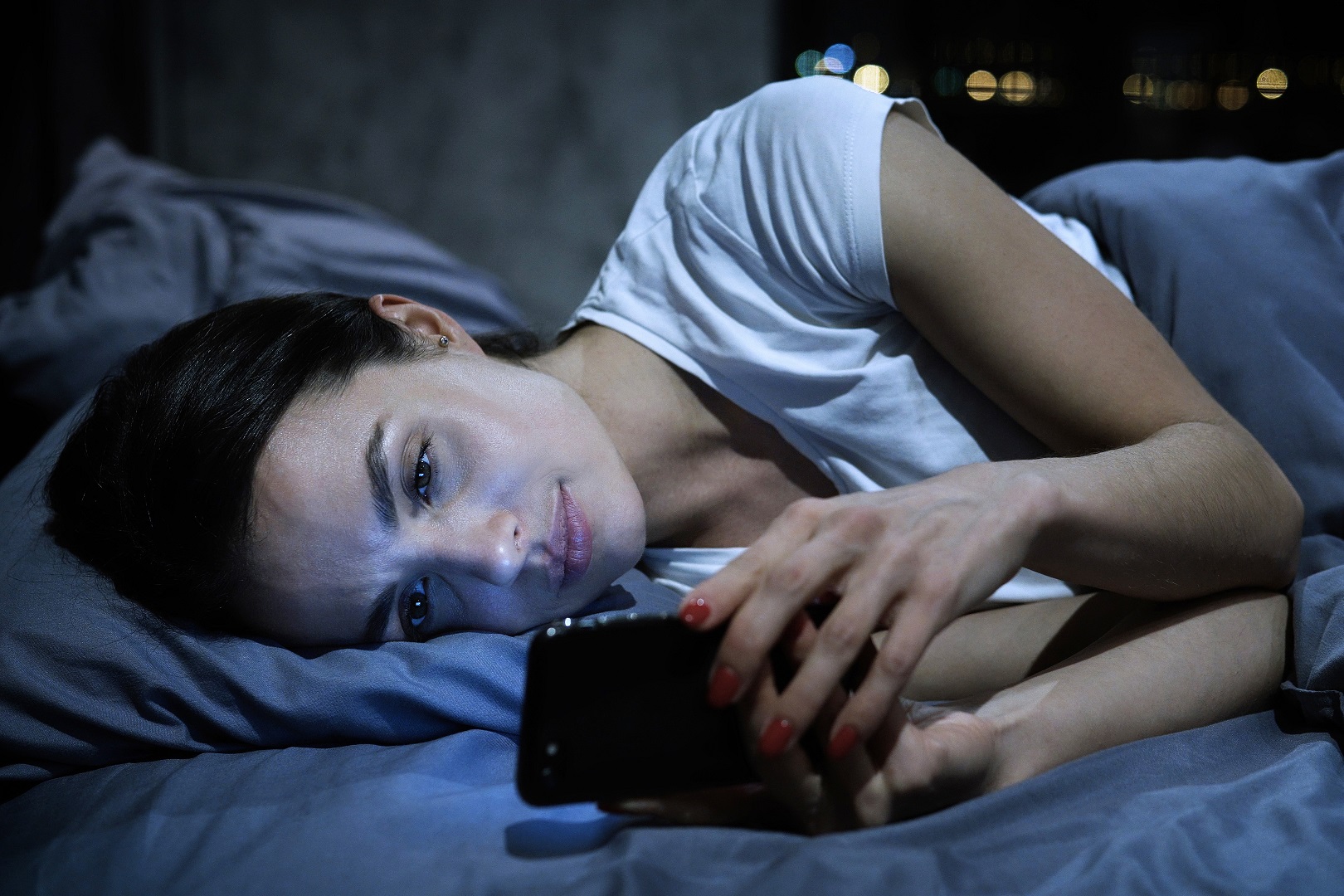Staying Awake on the Job: Rest, Recovery, and Your Sleep Habits

Workplace safety is always a concern. From slips, trips, and falls to industrial accidents that result in fatalities – increasing safety does not only rely on things like improved lighting, proper training, and non-slip flooring. It may also include your very own sleep habits.
Below, the experts with Work-Fit take a close look at how poor sleeping habits may increase safety risks at work, and how to improve sleep for safer workplace wellness.
Sleep Deprivation and Workplace Safety
According to the U.S. Bureau of Labor and Statistics (BLS), 2.8 out of every 100 full-time employees suffered from a non-fatal workplace injury or illness in 2018. While this statistic sounds low, it includes hundreds of thousands of employees every year. For example, of all transportation and warehouse employees in the U.S., 213,100 suffered a non-fatal workplace injury, while an additional 8,300 experienced workplace illnesses . With an average of 5 to 14 days being taken off to address these non-fatal injuries and illnesses, this can cost a company thousands of dollars and create more stress for its workforce.
Studies have shown that sleepy workers are approximately 70% more likely to be involved in a workplace accident. This means that sleep deprivation and workplace safety have a significant correlation . The better your sleep habits, the more likely you are to avoid a workplace injury or illness.
Sleep Health Interventions: How You Can Stay Awake at Work
Sleep health interventions can ensure that employees understand the importance of being well-rested to stay awake at work. Because of the safety concerns related to specific industries, as well as the strains and stress a drowsy individual may experience, it is important that all employees maintain workplace wellness by staying awake and alert.
Schedule Sleep & Stay Consistent
Let’s be honest – you should be getting the bulk of your sleep on your own time. (Although a quick nap during your lunch break or before a night shift may be beneficial as well!)
If you have a set work schedule, regardless of the shift, you should be able to create a sleep schedule that supports this. You should schedule time for 6 to 9 hours of sleep every day and stay consistent with this arrangement. Preparing for quality sleep includes turning electronics off, reducing light exposure, and eliminating caffeine in the hours leading up to sleep. Studies have shown that using your cell phone or watching TV in bed can impede efforts to fall asleep. Blue light from electronics decreases your quality of sleep.

The better the quality of your sleep is, the more rest your body will achieve and the more likely you are to reduce sleepiness while at work.
Take a Walk
Remaining in the same sedentary position or performing the same repetitive tasks for hours can be hypnotic and lead to feeling sleepy. If you find yourself struggling to keep your eyes open while staring at your computer screen at work, get up and go for a walk.
There are a lot of reasons why a walk can help wake you up. This is especially true if you can get outside for a brief walk. Science has proven that the circadian rhythms of the body are often regulated by the natural daylight cycles. Going outside to enjoy a walk can help reset the rhythms and energize the body, whereas artificial lighting and poorly lit areas can induce fatigue. For evening workers, a walk before work while the sun is still up can ensure you start your shift fully awake.
Strategically Enjoy Caffeine
The stimulants contained in caffeine make coffee a great way to help you become more alert. (Some experts recommend tea in place of coffee due to the energy “crash” coffee or soda drinkers may feel later.) But, as every coffee drinker knows, the effects of this boost wear off and can lead to a “crash” later. This often leads to a cycle of caffeine or snacking for intermittent energy boosts.
However, drinking large quantities of caffeine throughout the day can disrupt your sleep schedule later. Because of this, experts recommend limiting caffeine to the beginning half of your shift to ensure the after effects wear off before you are ready to indulge in some much-needed sleep.
Hydrate & Nourish Your Body
Dehydration and hunger can also lead to fatigue. Healthy foods such as trail mix, hard-boiled eggs, and fresh fruits and vegetables take less energy to digest. They also help maintain blood sugar levels, which prevents energy “crashes” often associated with junk food and sugary beverages.
Drinking extra water to stay hydrated, as well as snacking on healthy foods, can ensure your body is naturally fueled for a productive day. (Not to mention having to get up to relieve a full bladder means you are forced to take a break and stretch your legs every now and then, too!)
Brighten Your Workspace
Dimly lit spaces and poorly illuminated areas can cause strain on the eyes. That type of environment can also induce the body’s natural sleep response. By brightening your workspace, you can help to increase alertness and prevent potential incidents resulting in injuries.
Work that requires a night shift should be well illuminated as natural daylight is not a supplemental option. For this reason, experts recommend additional lighting during night shift hours. Daylight simulating light bulbs can provide additional benefits.
Improve Your Sleep Habits with Work-Fit
Being awake and alert not only helps to increase productivity, it grants more awareness and reduction of safety risks that may lead to serious injuries or illnesses. If you are interested in learning more about effecting good sleep habits and safety measures on the job, visit Work-Fit today!



